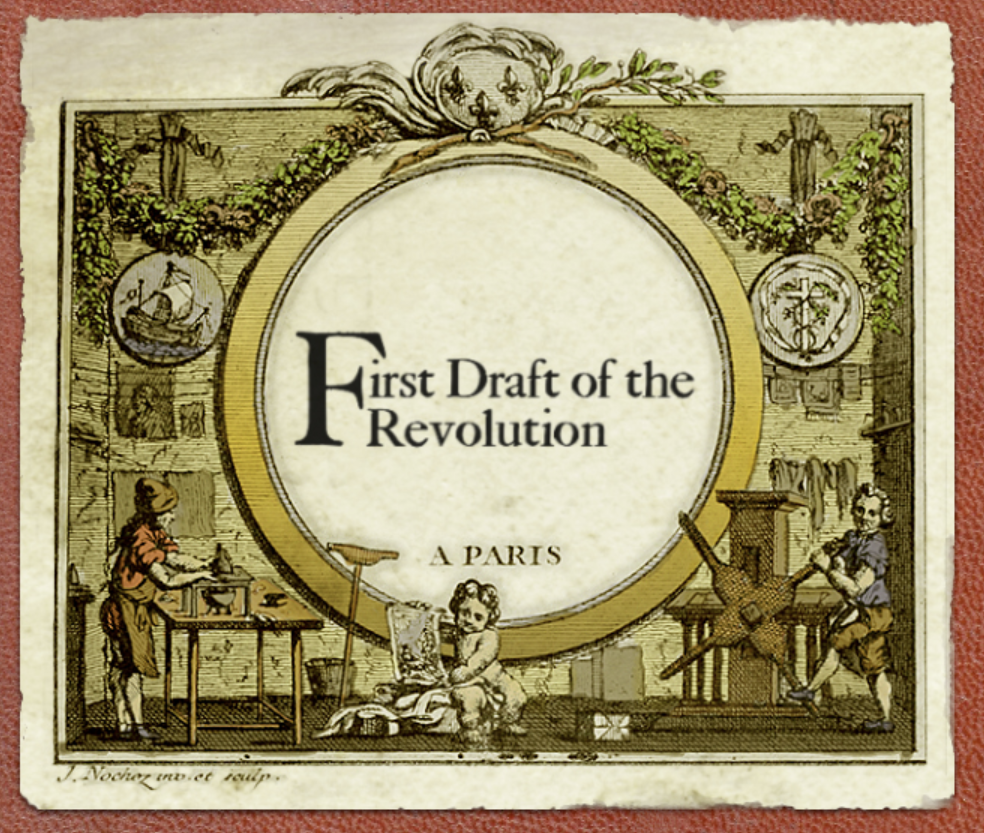
Her Story is an analog-style narrative adventure game written and directed by Sam Barlow (who founded Half Mermaid). Players open on a ’90s computer screen and are given access to recordings of a police interviews with a woman over the course of several months. As the player watches these clips (ranging from a few seconds to a minute long), they discover new key words about the case, which allows them to search and find more clips — slowly unraveling the events of the case (at least, we learn as much as the woman tells us).
It’s a fascinating narrative mechanic, one that allows for a wide array of player choice. As a result, each player will have their own discovery path throughout the game. Some will wander through videos for a while before getting a sense of what’s really going on behind these interviews, while others may stumble into the deepest secrets right away.
By accident, I played the start of the game twice, because the first time I accidentally broke the game. Basically, the player can move the window around the screen and open the various files on the desktop. When I did this, I moved the window so far down screen that I got it stuck and had to hard-restart the game to be able to keep playing. Anyway, what I found is that the pathways I went down at the start of each game were wildly different, because I was able to follow different inputs each time.

Another narrative game I loved playing last month was First Draft of the Revolution, created by writer Emily Short and artist Liza Daly. It’s a short and charming epistolary narrative (played in browser) where the player is able to rewrite and refine letters back and forth between an estranged wife and husband.
I also loved reading through Emily Short’s author statement after playing the game. She notes:
“By helping to revise their letters, the reader exposes who the characters are. She doesn’t define or change them. Juliette, Henri, and the others are meant to have consistent personalities, and there’s nothing the reader can do to alter this fact. She can, however, see what constraints and concerns affect each character. Juliette and Henri each have things they’re not willing to express to the other. The reader can also how far each one could be pushed (how assertive can Juliette be before her inner censor kicks in? how warm is Henri at his warmest?).”

When I played Signalis (developed by rose-engine) in March, I assumed that reaching the credits meant I had reached the end of the game — apparently I was wrong. I learned from other players that to get the true ending, the player needs to restart the game (something that is not clearly indicated in any way while playing (at least as far as I could tell)).
Restarting the game takes the player back through some of the same levels, while also opening up new levels that lead to the final boss battle and the true ending.
Although the game does provide additional cut scenes and narrative bits, I’m still not sure I fully understand the exact details of what happened. I mean, I get the general gist and the overall arc of the characters and plot, but I’m not sure what the ultimate evil really was or why it existed. I’m chalking this up to it being cosmic horror, which is supposed to be mind-bendy and unknowable. Ultimately, I enjoyed jumping back into the game to finish it out.
If you’d like to know about the books and moves I read recently, you can check out my Culture Consumption for June.